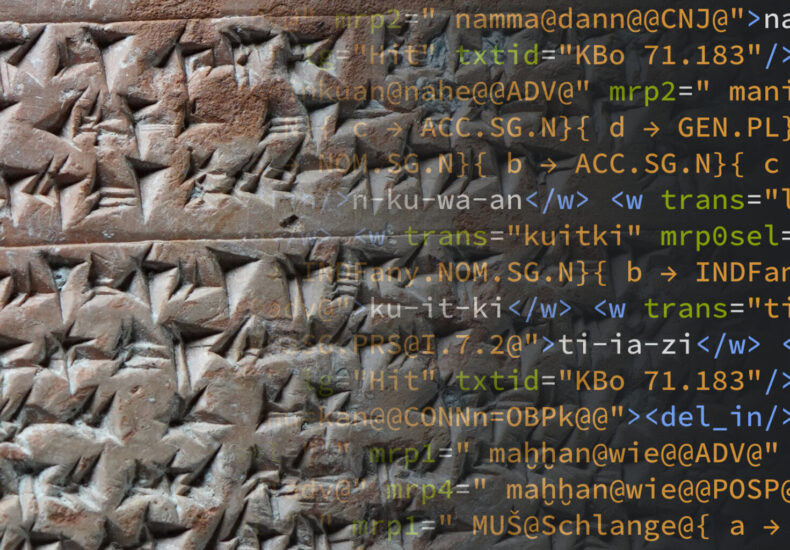
Hittite Empire’s Mysterious Tablets Reborn in the Digital World: TLHdig 0.2 Released
Thousands of cuneiform tablets discovered in Boğazköy-Hattuşa, a UNESCO World Heritage Site, belonging to the Hittite Empire that ruled from around 1650-1200 BC, have been made accessible to researchers and students through a digital tool. This innovative platform, called Thesaurus Linguarum Hethaeorum Digitalis (TLHdig), provides online access to sources in Hittite and other Anatolian languages, shedding light on this important civilization of the ancient Near East.
TLHdig 0.2: Expanding Database and Advanced Search Features
Launched on the Hethitologie-Portal Mainz (HPM) platform in 2023, TLHdig quickly gained significant interest and became an indispensable tool for Hittitologists, with over 100,000 accesses per month. Now, with the TLHdig 0.2 version, it is offered to researchers with even more power.
- Expanded Database: This version, containing more than 98% of published sources, offers approximately 22,000 XML text documents and nearly 400,000 transcribed lines.
- Advanced Search: Researchers can browse and search texts in transliteration or cuneiform, and apply various filters for complex queries.
- Integration: TLHdig is integrated into the Hethitologie-Portal Mainz infrastructure, making it compatible with various digital catalog tools, media databases, and text editions.
Continuous Development with Community Contribution
As a community research tool, TLHdig benefits from digital and analog resources developed by generations of Hittitologists. The platform offers an online submission pipeline for academics publishing new Hittite cuneiform texts. Users can copy and paste their transcriptions into the interface and complete their submissions with the help of a step-by-step guide.
TLHdig 1.0: Full Coverage and Artificial Intelligence Integration
TLHdig 1.0, expected to be released in late 2025, aims to provide full coverage of all published texts. The platform is planned to be a foundation for text editions and a valuable resource for a wide range of research, including artificial intelligence approaches.
Cover Image: From cuneiform to code: section of a Hittite cuneiform text found in Boğazköy-Hattuša in 2024 (photo and XML text). Credit: Daniel Schwemer, University of Wuerzburg
You may also like
- A 1700-year-old statue of Pan unearthed during the excavations at Polyeuktos in İstanbul
- The granary was found in the ancient city of Sebaste, founded by the first Roman emperor Augustus
- Donalar Kale Kapı Rock Tomb or Donalar Rock Tomb
- Theater emerges as works continue in ancient city of Perinthos
- Urartian King Argishti’s bronze shield revealed the name of an unknown country
- The religious center of Lycia, the ancient city of Letoon
- Who were the Luwians?
- A new study brings a fresh perspective on the Anatolian origin of the Indo-European languages
- Perhaps the oldest thermal treatment center in the world, which has been in continuous use for 2000 years -Basilica Therma Roman Bath or King’s Daughter-
- The largest synagogue of the ancient world, located in the ancient city of Sardis, is being restored











Leave a Reply